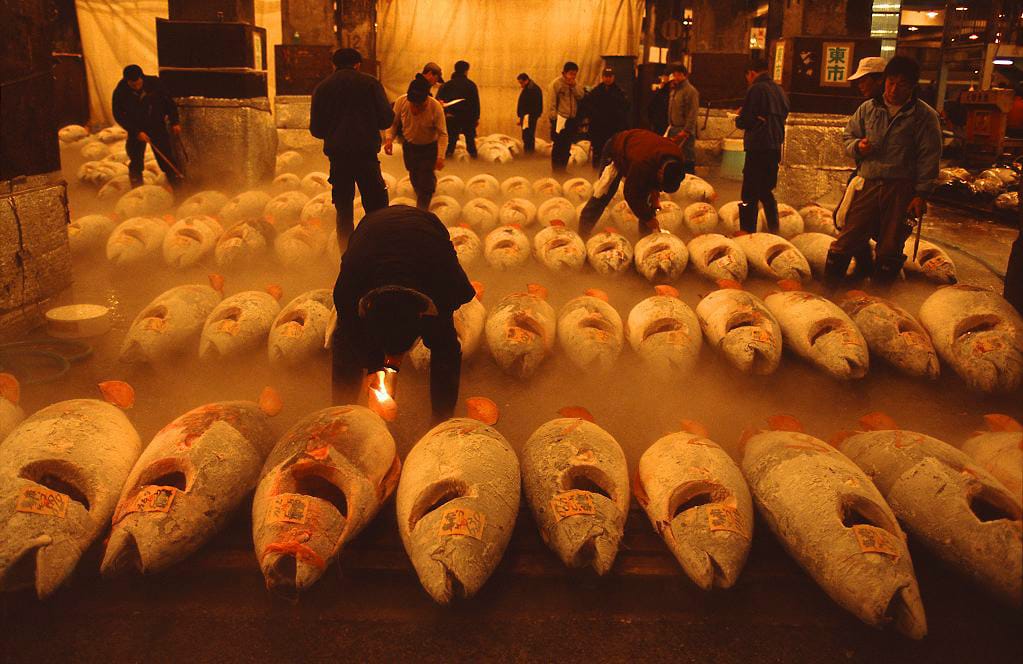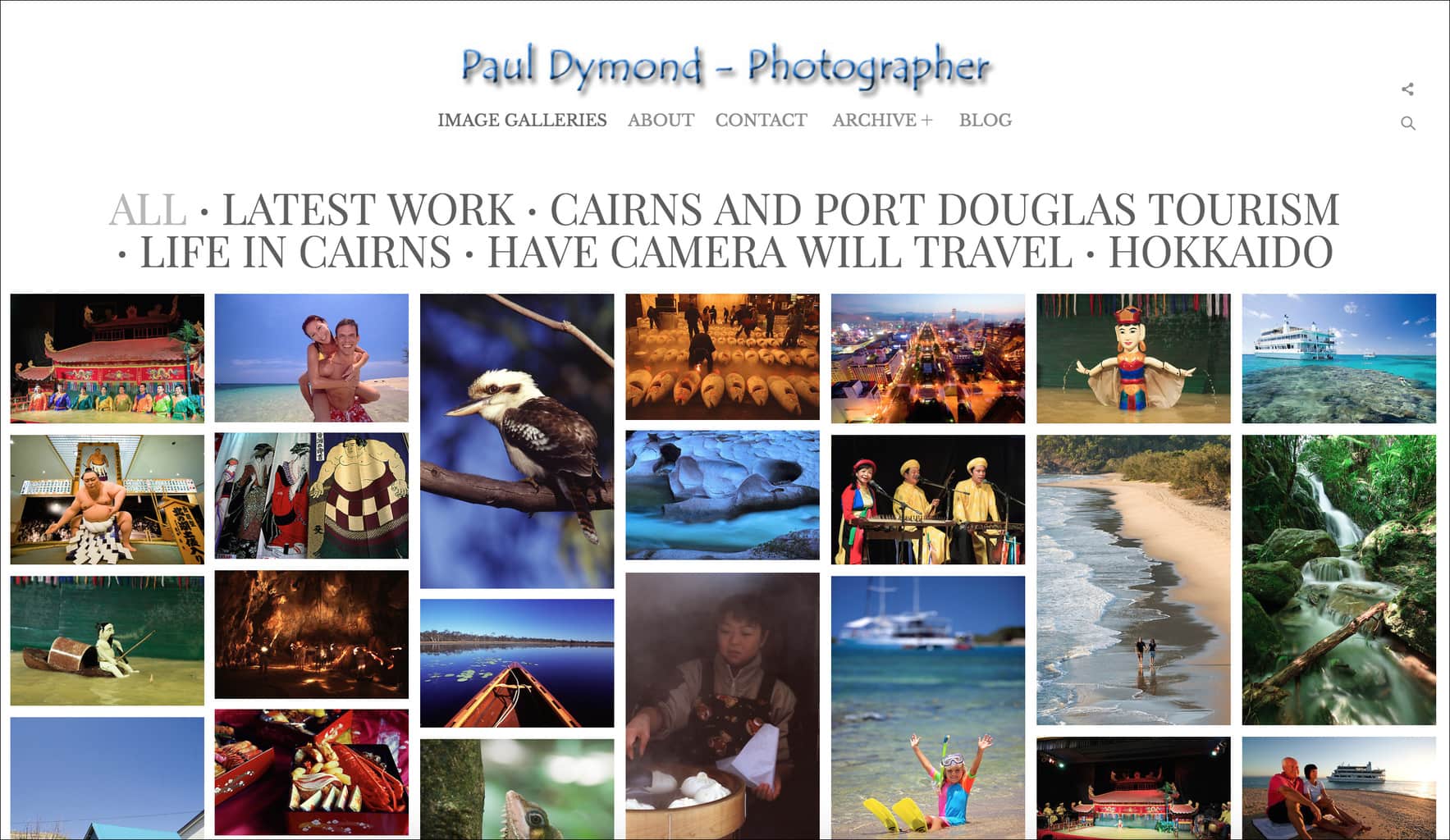Share
How to Break Into Stock Photography: Tips from 5 Photographers Who Know the Industry
Stock photography is one of the most unique niches of the photography world. Not only is the sales model completely different but the range of subj...
Stock photography is one of the most unique niches of the photography world. Not only is the sales model completely different but the range of subject matter, styles and applications is vast. That’s why we asked all five of the stock photographers from The List for advice — how do you break into a niche that is so different from the traditional client-photographer relationship? Check out what they had to say below.
Feature photo by Mark A. Johnson
Oscar Bjarnason
Primary location: Reykjavik, Iceland
Instagram | Twitter
Oscar Bjarnason is an award-winning photographer with a graphic design background based in Iceland.
What advice do you have for photographers looking to enter the stock photography niche?
“That’s a hard one — it’s a pretty rough industry. If you don’t have a large catalog of sellable images, my advice would be to start slowly and build up the catalog. It’s super helpful to have a good art director to point you in the right direction and look up briefs and trends online. I’ve been shooting stock for several years now — mostly landscapes, but I’m slowly adding people/lifestyle. I only shoot stock part-time along with my day job as a graphic designer and photographer.”

Photo by Oscar Bjarnason

Photo by Oscar Bjarnason
Jayme Burrows
Primary location: Los Angeles, CA
Instagram | Facebook
“Jayme Burrows is a commercial and editorial photographer based out of Los Angeles, California. She is a foodie, a traveler, and a voracious devourer of art. In addition to her commercial and editorial work, Jayme teaches Digital Photography at Ventura College. She is also the founder of the Los Angeles Women’s Photography Alliance, a group that supports female professional photographers in their endeavors to improve their work and land bigger clients.”
What advice do you have for photographers looking to enter the stock photography niche?
“When shooting for stock you always want to keep the end client in mind. Think about who would buy this image and for what purpose? If you can’t envision a scenario where someone would need the image you’re creating, then it may be a good portfolio image, but it probably won’t make you any money.”

Photo by Jayme Burrows

Photo by Jayme Burrows
Paul Dymond
Primary location: Cairns, Australia
Instagram | Twitter | Facebook | Vimeo
“Specializing in the travel genre and all that entails, my images have graced the pages of National Geographic Traveler, Lonely Planet, TIME and a multitude of books and magazines around the world. I am constantly updating my collection and am available for assignments in the local area.”
What advice do you have for photographers looking to enter the stock photography niche?
“In this world filled with cheap, easily available stock images you need to provide something that others don’t. For me that has often meant going deep, as opposed to wide. What I mean by that is, travel photographers number in the millions these days. Basically your competition is anybody that has a camera, likes to travel and can access the internet. But the vast majority of those people will only skim the surface of their subject matter, whether it be because they don’t have much knowledge of the subject matter or they don’t stay long enough in a destination. Do lots of research, become an expert in your subject area (whether that be a destination or a subject), and take photographs that show that knowledge. There is a world of clients outside of the cliché travel brochure/magazine market. Make sure you know what different markets are licensing, and think of subjects that really interest you.”

Photo by Paul Dymond

Photo by Paul Dymond
Mark A. Johnson
Primary location: Brisbane, Australia & Kauai, Hawaii
Instagram | Twitter | Facebook
“I specialize in outdoor on-location photography; primarily waves, coastal scenes, travel, sports and nature photography. I’m very easy to work with but a professional through and through. I take my work seriously. Over the years, I’ve worked with lots of clients, helping them license my work for commercial and editorial projects large and small.”
What advice do you have for photographers looking to enter the stock photography niche?
“The advice I would give any photographer is shoot what you know well, but more importantly, shoot to your passion. Your expertise allows you to know when and where to capture the most dynamic and interesting photographs. However, your passion keeps you interested and looking forward to going out and getting your photographs. For instance, if you absolutely love scuba diving, shoot underwater scenes. In my own case, I grew up surfing in Hawaii, which is why I started my career taking photographs of water sports and powerful waves. Although I have branched out into many other related subjects, I always tend to come back to my beloved oceans; have a look at my website to see.”

Photo by Mark A. Johnson

Photo by Mark A. Johnson
Mark Raycroft
Primary location: Ontario, Canada
Instagram
“Using his experience as a biologist and wildlife photographer, Mark seeks to capture dogs doing what they love to do best — the yellow lab, already by the canoe waiting for the family, the Chesapeake Bay retriever leaping from the dock into the cattail pond, the Newfoundland dog at home on the shores of Rocky Harbour. Now, after the publication of thousands of pictures and with a lavish online gallery featuring 100 breeds, Mark Raycroft continues to win the hearts of dog lovers around the world and to command the dog image market with his compelling and sensitive portrayal of our four-legged companions.”
What advice do you have for photographers looking to enter the stock photography niche?
“The stock photography market has always been a challenging business due to a variety of factors — namely healthy competition and the need to become familiar with your potential clients’ preferred style of imagery. It’s never been more important than now, in this modern digital world, to offer the highest quality of images that have been properly edited on a calibrated monitor. Renowned quality builds trust over time amongst your clients, while efficient, punctual, and courteous delivery of product is also paramount.”

Photo by Mark Raycroft

Photo by Mark Raycroft
You might also like: 10 Things You Should Know About Stock Photography
And check out our Instagram for more beautiful shots from these photographers and the blog for more highlights from other members of The List.








